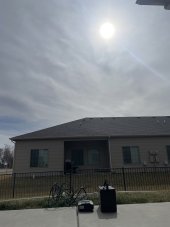Harmony5000
New Member
- Joined
- Feb 8, 2022
- Messages
- 54
Ok dude every time you make a wink now I have to question my whole reality... what am I apparently missing now or are you messing with me LOL...if only it were that easy.
I ordered a sixth panel to do 3s2p without fuses if this is still wrong somehow someone pls stop me






